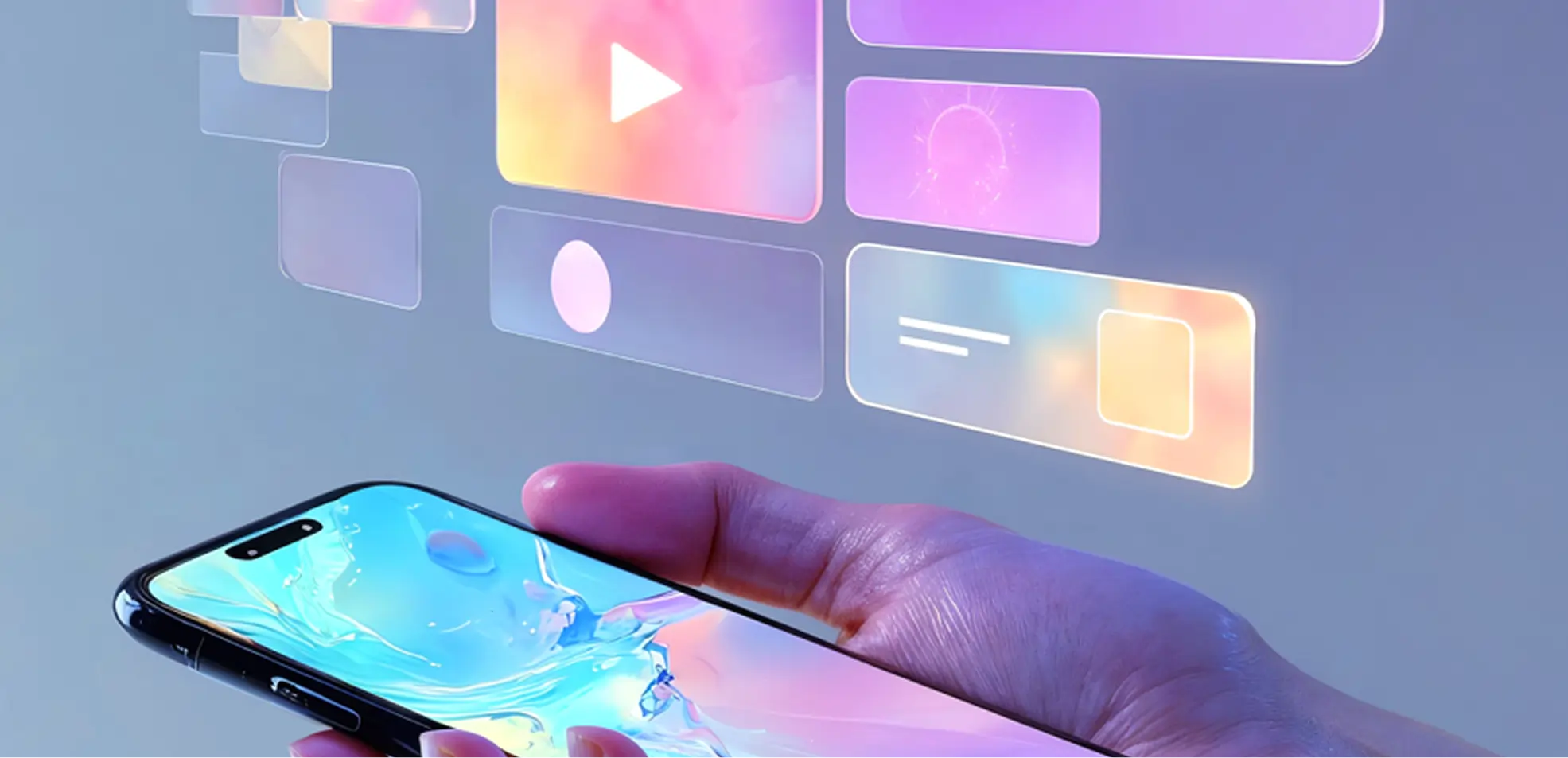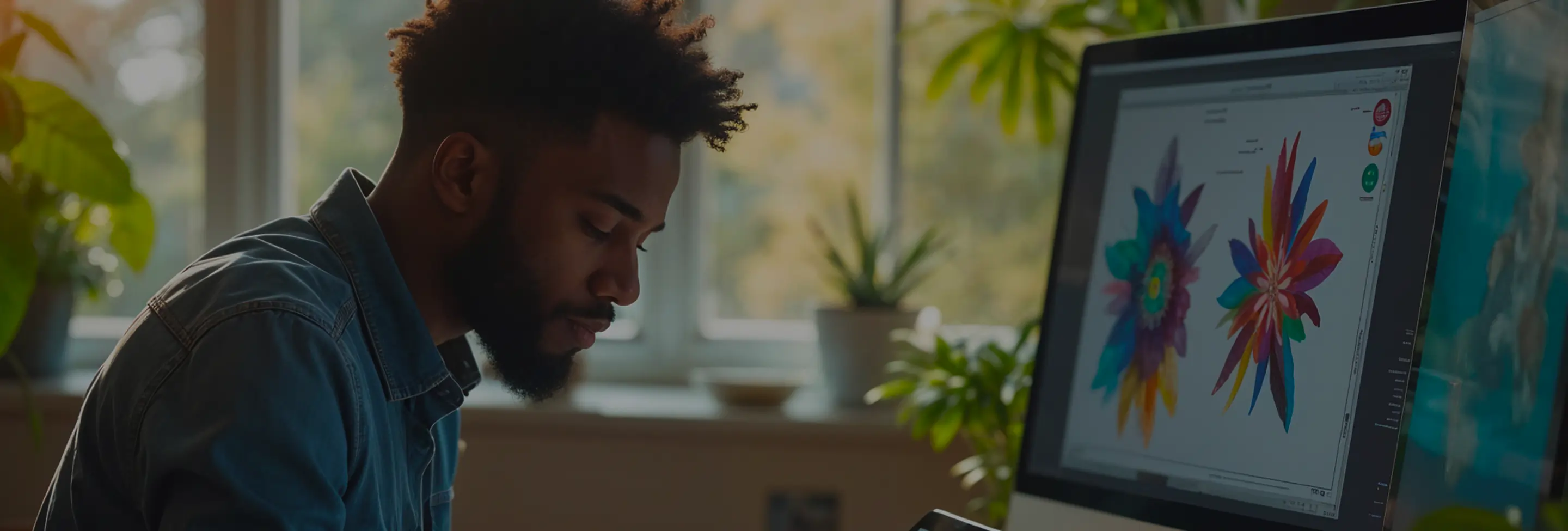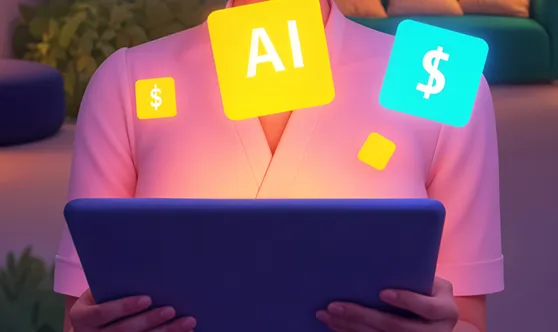
In examining over 3,000 early-stage startup projects, we identified the most pressing questions that designers face in dynamic, resource-constrained environments. These inquiries span from foundational role definitions to advanced design strategies, addressing the unique challenges and pivotal decisions that shape successful startups. This compilation offers actionable insights and practical solutions to empower designers navigating the fast-paced startup ecosystem.
A startup designer wears multiple hats, often combining roles that might be separate in larger organizations. Their primary responsibilities include:
Example: At a tech startup, a designer might simultaneously handle the app's UI design, develop user personas, and conduct usability testing to ensure the product meets user needs efficiently.
Common Misconception: Designers in startups are limited to just creating visuals.
Solution: Embrace the multifaceted nature of the role by developing skills in UX research, prototyping, and strategic thinking.
In startups, designers often have broader responsibilities and greater autonomy compared to their counterparts in larger organizations. Key differences include:
Practical Example: A designer at a startup might quickly iterate on a new feature based on user feedback, whereas a designer at a large company might follow more rigid, longer-term processes.
Follow-Up: How can startup designers manage the breadth of their responsibilities effectively?
Actionable Solution: Prioritize tasks based on impact, leverage design tools that enhance efficiency, and continuously communicate with the team to stay aligned with evolving goals.
Agile and Lean UX methodologies are particularly effective in startups due to their emphasis on flexibility, rapid iteration, and user feedback.
Real-World Example: Implementing Scrum frameworks where designers collaborate in sprints, delivering incremental design components that align with evolving product backlogs.
Common Pitfall: Over-planning without iterative testing can lead to misaligned designs. Solution: Adopt iterative approaches like Lean UX to ensure designs are continuously validated and refined based on user feedback.
Incorporating user feedback involves several key steps:
Example: After conducting user testing, a designer discovers that users find the navigation confusing. They can then redesign the menu structure and validate the changes through subsequent testing cycles.
Edge Case: When feedback is conflicting, prioritize based on core user needs and business goals. Troubleshooting Tip: Use frameworks like the Kano Model to categorize feedback and make informed design decisions.
Essential tools include:
Configuration Sample: Setting up a Figma project with shared libraries and component systems to ensure consistency and streamline collaboration across the design and development teams.
Real-World Example: A startup uses Figma for collaborative design, enabling remote teams to work simultaneously on the same project and provide instant feedback, thereby accelerating the design process.
Important Note: Choose tools that integrate well with your team's workflow and support remote collaboration if your team is distributed.
Version control for design assets can be managed through tools like Abstract or Figma's built-in version history. Steps include:
Example: Using Abstract, a designer can create branches for different design experiments, allowing the team to review and merge the best ideas into the main project without conflicts.
Actionable Solution: Implement a clear version control strategy from the outset to prevent design discrepancies and ensure smooth collaboration.
Balancing creativity with limited resources involves:
Practical Example: Implementing a design system that allows for quick iteration and consistent design across the product, reducing the time spent on creating new components from scratch.
Common Misconception: Limited resources stifle creativity. Solution: Constraints can foster innovation by encouraging designers to find unique solutions within defined limits.
Strategies include:
Real-World Example: A growing startup adopts a modular design approach, allowing new features to be added seamlessly without overhauling the entire design, thus supporting scalability.
Follow-Up: How can designers maintain flexibility in their design systems to accommodate future changes?
Actionable Solution: Regularly review and update the design system, incorporate feedback from the team, and ensure that the system is adaptable to new requirements and technologies.
Data-driven design involves using quantitative and qualitative data to inform design decisions. Steps include:
Example: A startup analyzes user flow data and discovers a drop-off point in the onboarding process. They redesign the onboarding steps and use A/B testing to validate the improvements, resulting in increased user retention.
Common Pitfall: Relying solely on qualitative data without supporting quantitative evidence. Solution: Combine both data types to get a comprehensive understanding of user behavior and design effectiveness.
Accessibility ensures that products are usable by people with diverse abilities, broadening the user base and complying with legal standards. Designers can integrate accessibility by:
Configuration Sample: Implementing keyboard navigability and screen reader compatibility in UI components to enhance accessibility.
Real-World Example: A startup ensures all interactive elements have sufficient color contrast and are labeled appropriately for screen readers, making the product accessible to visually impaired users and enhancing overall usability.
Actionable Solution: Integrate accessibility checkpoints into the design workflow, ensuring that accessibility is considered from the outset rather than as an afterthought.
Effective communication involves:
Example: Presenting a user journey map during a team meeting helps non-designers visualize the user experience and understand the impact of design choices on overall product functionality.
Common Misconception: Design is purely aesthetic and doesn't require detailed explanation. Solution: Emphasize the strategic role of design in achieving user satisfaction and business objectives, ensuring stakeholders understand its importance.
Techniques include:
Practical Example: Implementing a shared Figma workspace where designers and developers can comment on designs, suggest changes, and track progress collaboratively.
Follow-Up: How can designers handle conflicts or disagreements with cross-functional teams?
Actionable Solution: Utilize active listening, seek to understand underlying concerns, and focus on data-driven arguments to resolve conflicts constructively.
Key metrics include:
Example: Tracking the conversion rate of a redesigned signup form can help determine if the new design is more effective in encouraging user registrations.
Actionable Solution: Define specific, measurable goals for each design project and use analytics tools to track progress against these metrics continuously.
To demonstrate value, designers can:
Real-World Example: Presenting a case study where a design overhaul led to a 20% increase in user engagement, thereby supporting the argument for allocating more resources to the design team.
Common Pitfall: Ignoring the business perspective in favor of purely aesthetic considerations. Solution: Frame design decisions in terms of their impact on key business metrics and user satisfaction to resonate with stakeholders.
Startup designers play a crucial role in shaping products that are user-centric, visually appealing, and aligned with business objectives. By addressing these key questions, designers can navigate the complexities of the startup landscape, overcome common challenges, and contribute significantly to their company's success. Leveraging effective methodologies, embracing collaboration, and continuously measuring design impact are essential strategies for thriving in the dynamic environment of startups.




Subscribe to our newsletter to receive $100 off your first month of Tapflare's flat rate unlimited design and development service. Your coupon code will be sent to your email.